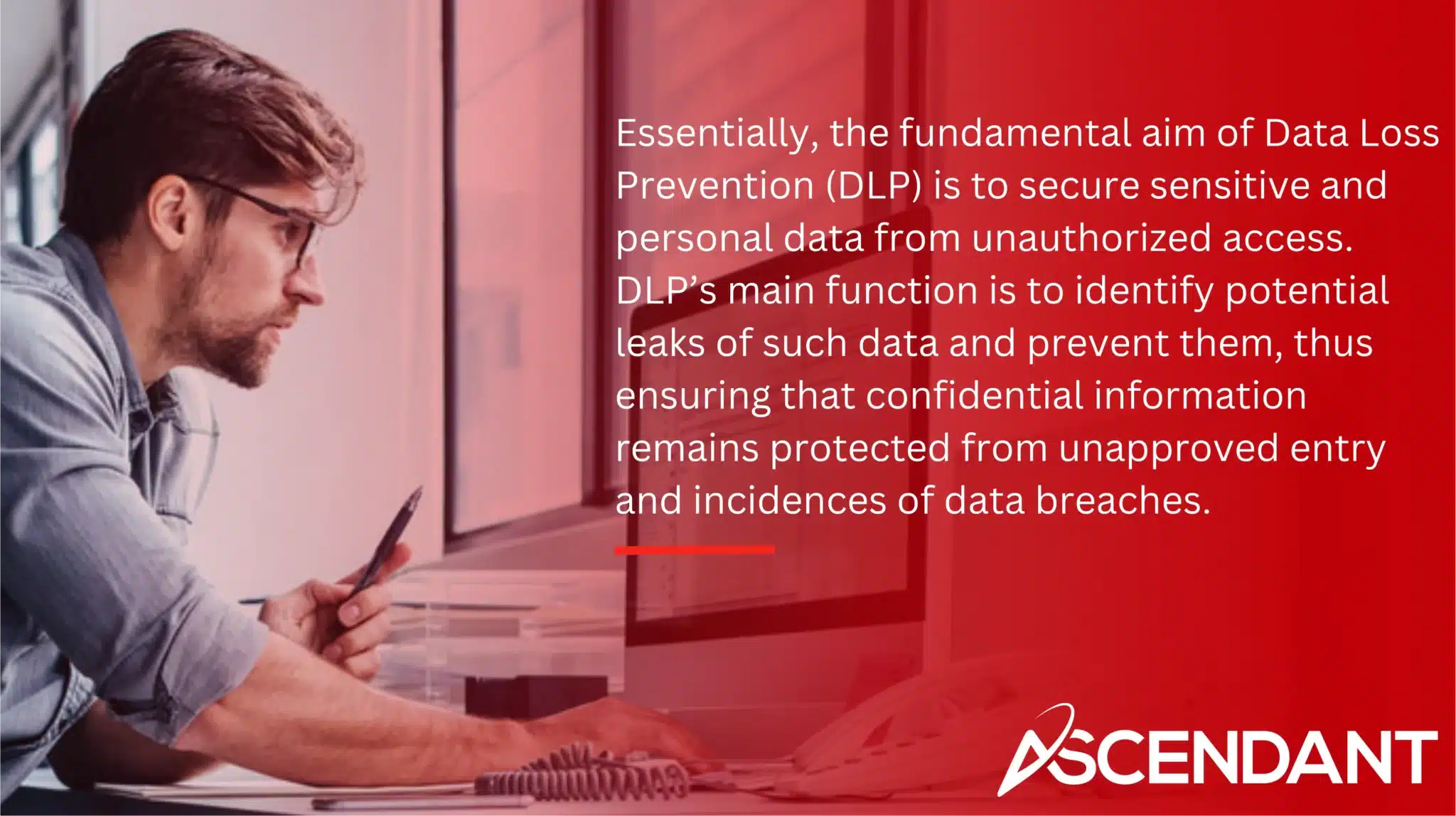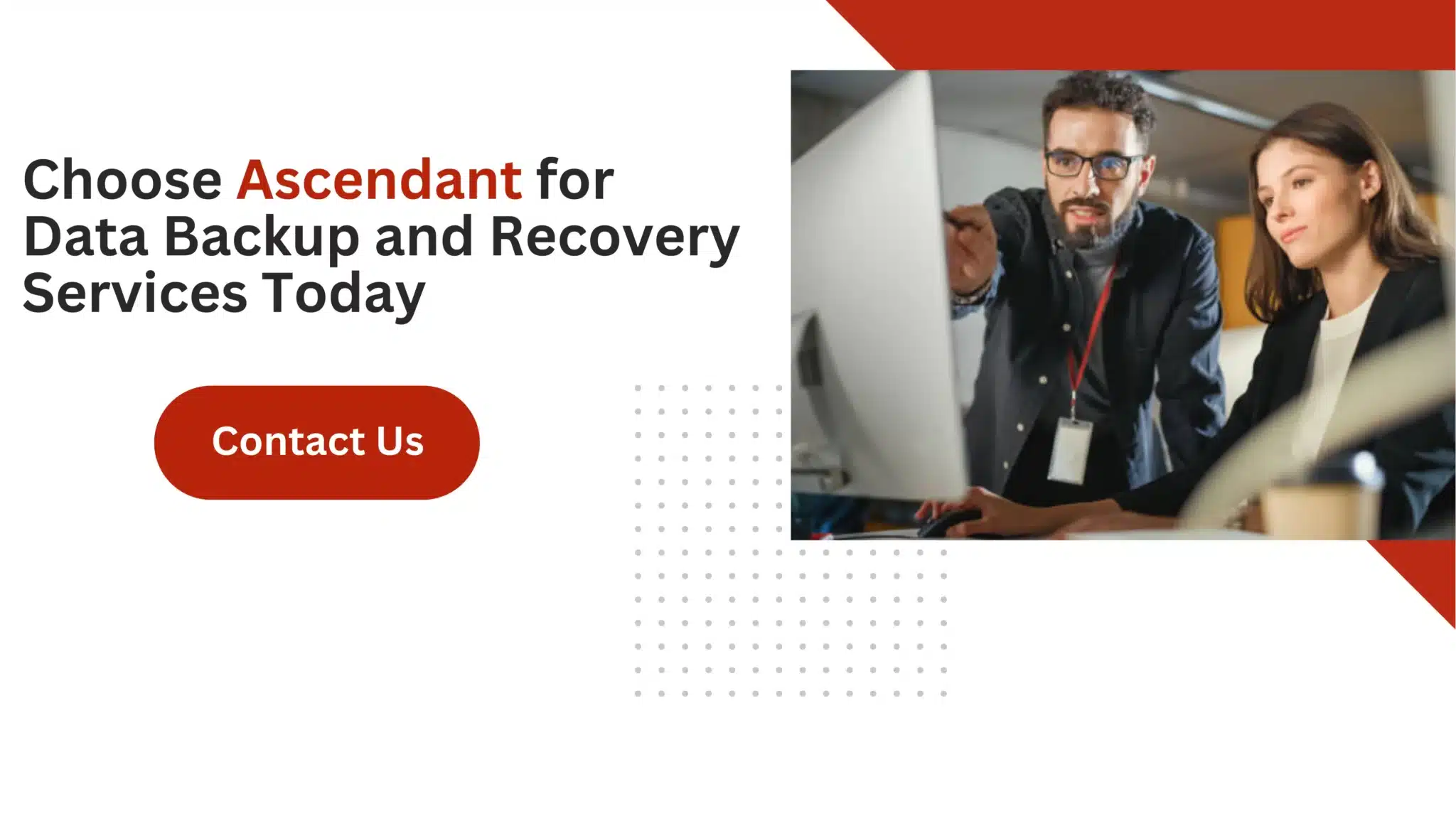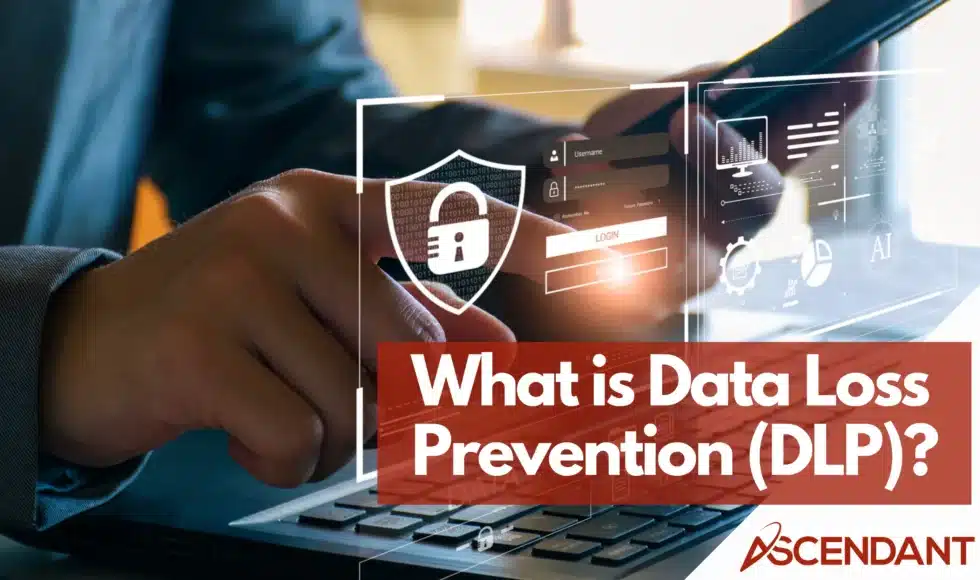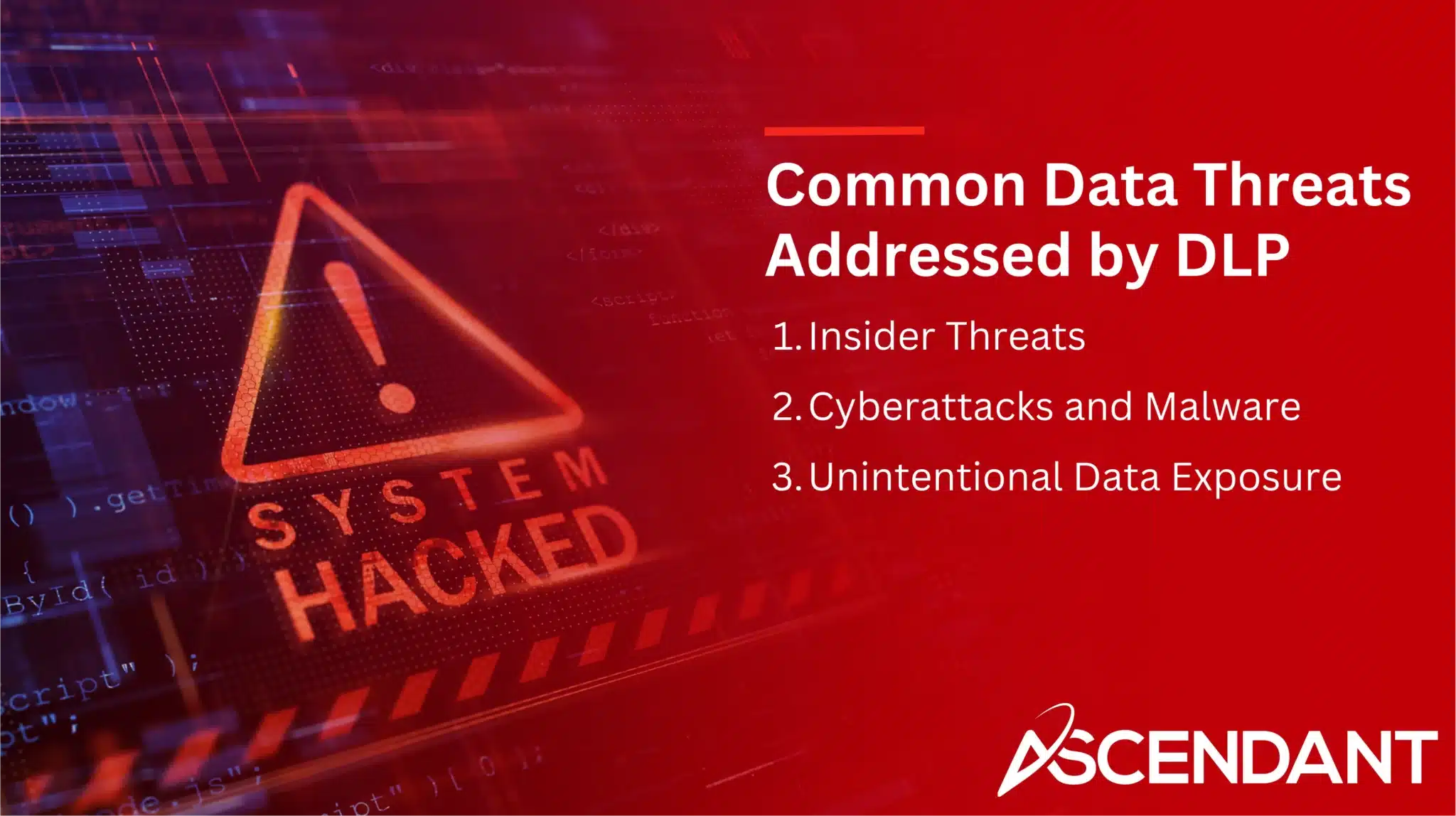Data loss prevention (DLP) protects sensitive information from unauthorized access and leaks. With cyber threats and strict regulations, organizations must implement DLP to secure their data and stay compliant.
Key Takeaways
- Data Loss Prevention (DLP) is essential for protecting sensitive information from unauthorized access and data breaches through various tools and practices.
- Key components of DLP solutions include monitoring, data classification, policy enforcement, and supporting both network and endpoint security.
- Implementing DLP solutions offers benefits such as enhanced data security, regulatory compliance, and visibility into data usage, essential for preventing data breaches.
Understanding Data Loss Prevention (DLP)
Data Loss Prevention (DLP) represents a crucial strategy for the protection of sensitive data against unauthorized exposure and inadvertent leaks. It involves an array of methodologies and technologies aimed at identifying potential data breaches and averting them to secure confidential information like personal identification numbers, financial records, and intellectual property.
There are varying methods to implement DLP solutions such as on-premises installations that provide oversight over data located within an organization’s own computing resources, or cloud-native services which offer greater adaptability and efficiency through their operation in the cloud. This range of options affords organizations the flexibility to select a deployment style that aligns with their operational requirements.
Understanding Data Loss Prevention is critical for any entity looking to shield its sensitive information from being compromised. This primer delves into what encompasses DLP, why it is imperative for loss prevention, and approaches for effective implementation.
What is Data Loss Prevention?

Essentially, the fundamental aim of Data Loss Prevention (DLP) is to secure sensitive and personal data from unauthorized access. DLP’s main function is to identify potential leaks of such data and prevent them, thus ensuring that confidential information remains protected from unapproved entry and incidences of data breaches.
To achieve this goal, DLP solutions employ an array of mechanisms including encryption techniques, detection systems for suspicious activities, preventive security measures against possible threats, as well as informative prompts designed to educate users. These tools are integral in conducting immediate analysis across various data streams while simultaneously curbing any questionable actions which could lead to unwarranted access.
Integrating principles based on a zero trust approach into DLP software frameworks can significantly bolster overall data protection strategies by reinforcing safeguards around sensitive information.
The Need for Data Loss Prevention
The importance of safeguarding sensitive data has become paramount as organizations contend with a surge in threats to their confidential information. Data Loss Prevention (DLP) is critical for shielding this sensitive data from unauthorized exposure and breaches, thus aligning with regulatory mandates on data protection. The ramifications of data loss are significant: they range from financial detriment and legal action to the degradation of a brand’s reputation.
Alarming statistics reveal that approximately 86% of companies have encountered at least one instance of sensitive information mishandling over the past twelve months, highlighting the urgency for employing DLP strategies to fend off diverse dangers such as cyber attacks, inadvertent disclosures by staff members, and deliberate exfiltration attempts. In an era where remote work proliferates and there’s an increased chance for sending emails with classified attachments astray increases the potentiality for leaks.
In response to these pressing insider threat concerns and rigid privacy regulations demanding compliance, more enterprises are integrating robust DLP solutions into their security frameworks. By placing preventative measures around critical assets using DLP technologies, businesses can thwart unwelcome incursions resulting in breach incidents while simultaneously solidifying stakeholder confidence through demonstrated commitment to loss prevention protocols.
Key Components of DLP Solutions
An effective DLP strategy involves the integration of several crucial elements that collectively contribute to the security of sensitive data. These elements include:
- A central management server
- Network monitoring tools
- Data Loss Prevention (DLP) for storage systems
- Endpoint DLP solutions
This combination establishes a solid framework dedicated to safeguarding protected data and maintaining its integrity.
At the heart, the central management server provides unified command and policy implementation throughout all components involved in protecting data, while network monitoring diligently observes data movement to inhibit unauthorized extraction of information. Storage-oriented DLP measures guard against illicit access to sensitive information held within storage facilities, while endpoint DLP is tailored towards securing information residing on vulnerable hardware such as laptops and mobile phones.
In unity, these integral parts yield an expansive dlp solution capable of sheltering organizations’ sensitive information amid various settings. It’s important now to delve into each component with greater specificity.
Data Identification and Classification
Understanding and pinpointing the specific types of sensitive data within an organization, as well as their locations, is a crucial step in any successful DLP strategy. The identification process is vital to gauge what level of protection various categories of data require.
Employing automated tools for classifying data can significantly streamline the task of sorting sensitive information by eliminating the need for manual intervention. This facilitates tailoring security protocols according to how delicate each type of information is. Crafting robust DLP strategies mandates precise descriptions regarding what constitutes sensitive data along with explicit constraints on its utilization.
Monitoring and Reporting Capabilities
The ability to monitor and report is a critical feature of DLP (Data Loss Prevention) solutions, as it assists companies in recognizing and averting imminent data breaches or improper use instantly. With the implementation of security policies that are consistently monitored by DLP systems, these organizations can effectively block unauthorized access to confidential information.
Through relentless observation of how data is accessed, DLP technologies facilitate instantaneous recognition and swift action when faced with potential data leaks. While network-based DLP shines light on the movement of information throughout the network, endpoint DLP counters violations at their source by monitoring continuously and analyzing user behavior.
Policy Enforcement and Compliance Audits
Ensuring the integrity of DLP solutions requires rigorous policy enforcement and compliance audits. These policies, tailored to meet an organization’s specific regulatory needs, are crucial for safeguarding data and impeding unauthorized access by outlining appropriate data sharing and protection strategies.
Adaptation to evolving regulations and organizational requirements is facilitated through continuous evaluations of DLP policies. Through consistent auditing processes, organizations can guarantee that their DLP practices conform with legal standards and play a pivotal role in preserving the security of sensitive information while upholding compliance.
Types of Data Loss Prevention (DLP)
Grasping the various forms of DLP solutions is vital for thorough data protection, addressing each possible weakness. There are three kinds: network-based DLP, endpoint-based DLP, and cloud DLP. All these types provide distinct advantages and cater to particular aspects of sensitive data protection.
Subsequent sections will delve into the specifics of network-based, endpoint-based, and cloud DLP. We’ll discuss their features and underscore their roles in safeguarding sensitive information.
Network-Based DLP
DLP solutions that are network-based scrutinize the flow of data across a network to identify and halt any unauthorized dissemination of information. Their purpose is to guard against the leakage or endangerment of sensitive data as it traverses through various points on the network.
By overseeing and regulating how data is conveyed over a company’s network, these DLP tools play an essential role in protecting critical information. They equip enterprises with insights into how their data travels, aiding them in thwarting non-permitted transfers outwards and upholding robust standards for overall data security.
Endpoint-Based DLP
DLP solutions tailored for endpoint devices like laptops and mobile phones provide security by supervising clipboard interactions, file movements, and print jobs to detect and block unauthorized access to data.
Should an incident of policy breach be detected by an endpoint DLP agent, it triggers alerts to the administrators. This allows them to investigate the matter and devise strategies to avert similar breaches in the future. Policies enforced through endpoint DLP ensure persistent protection regardless of whether these devices are connected to a corporate network or not.
Cloud DLP
DLP solutions tailored for cloud environments play a crucial role in safeguarding sensitive data and maintaining security regardless of where the data is accessed or stored. They enable continuous monitoring and protection of sensitive information housed within cloud-based applications.
In the realm of different cloud services such as SaaS and IaaS platforms, cloud DLP solutions are vital for upholding data security measures. These tools assist enterprises in securing their critical information amid an evolving landscape that heavily relies on cloud technology.
Common Data Threats Addressed by DLP
DLP solutions confront an array of data threats to safeguard sensitive information, with around 86% of businesses having encountered a data loss incident in the previous year, underscoring the significance of loss prevention measures.
Threats such as unintentional exposure of data, insider threats, and various forms of cyberattacks including malware present substantial risks to the security of data. DLP strategies are essential for countering these prevalent dangers to prevent potential incidents involving sensitive information leaks or losses. In subsequent sections below, we delve into these frequent types of data threats more thoroughly.
Insider Threats
Insider threats represent a substantial risk since data breaches can occur through both intentional and accidental actions by insiders. DLP solutions serve to identify and intercept questionable behavior, thereby efficiently controlling insider risks.
By deploying software for managing the risk of insiders within DLP frameworks, companies can pinpoint staff members who might inadvertently or intentionally cause data leaks. Firms mitigate and spot potential inside threats by conducting employee training, observing activities, and implementing regulations and criteria.
Cyberattacks and Malware
External threats such as cyberattacks and malware pose a considerable threat to data security. These malicious attempts are focused on gaining unauthorized access to systems with the intent of theft, alteration, or annihilation of information.
Unauthorized individuals can infiltrate an IT network and cause operational disturbances using human-operated ransomware and malware. To preventively identify and prevent potential compromises in data integrity, DLP (Data Loss Prevention) systems are employed to safeguard sensitive information against illicit distribution.
Unintentional Data Exposure
Accidental data leaks, resulting from human mistakes such as sending sensitive information to an unintended recipient, present substantial threats to the security of data. These errors are often at the heart of a data leak incident.
To combat these risks and secure sensitive information against unintentional exposure, DLP solutions employ protective measures aimed at reducing human error. By focusing on preventing accidental leaks, DLP maintains robust data security practices.
Best Practices for Implementing DLP Solutions
To effectively implement DLP solutions, a thorough strategy encompassing the identification and classification of data, continuous monitoring, and staff education is essential. It’s imperative to recognize key stakeholders and engage various departments like HR and legal in creating robust organization-wide DLP policies.
Conducting regular data audits is an advised approach for sorting out and prioritizing organizational data. The adoption of DLP solutions boosts the ability to respond quickly to incidents by promptly detecting abnormalities within networks as well as any improper actions by users. Subsequent discussions will delve into optimal methods for educating employees on these matters, developing procedures for handling data securely, along with performing frequent security assessments followed by necessary updates.
Training and Educating Employees
Training employees is crucial for preventing data breaches. Inadequate training can lead to unintentional breaches, underscoring the need for ongoing education. Regular training campaigns keep employees aware of data handling risks and DLP policies.
Training should include practical scenarios that highlight the importance of data protection, recognizing potential threats, and reporting procedures. Conducting incident response drills can help ensure DLP protocols are effective and understood.
Establishing Data Handling Policies
Clear data handling policies are vital for protecting sensitive data. These policies guide behaviors and assessments, clarify accountability, and ensure proper involvement in data protection efforts.
Regular updates to these policies are necessary to reflect organizational, industry, and regulatory changes. Clear DLP policies streamline compliance by automating reporting and tracking sensitive data usage, ensuring adherence to data protection laws.
Regular Security Reviews and Updates
It is essential to consistently conduct security assessments and apply updates in order to preserve the efficacy of Data Loss Prevention (DLP) measures. To confirm they are operating as intended, audits should be carried out alongside simulations of potential attacks. DLP approaches must be frequently revised to keep pace with changing data threats.
To safeguard sensitive information, compliance audits verify that DLP protocols adhere to statutory and regulatory standards, assisting organizations in upholding their legal responsibilities. Staying vigilant against new weaknesses necessitates continuous refinement and enhancement of DLP tactics for them to remain robust.
Benefits of Adopting DLP Solutions
Utilizing DLP solutions can bolster data security, assist with regulatory compliance, enhance monitoring of data utilization, and thwart potential data breaches. Such solutions are instrumental in safeguarding sensitive details like personal identity and financial records in accordance with legal mandates.
To secure sensitive information effectively, these systems utilize techniques such as behavior analytics of users, encryption methodologies, and stringent access regulations. By deploying DLP strategies within an organization’s framework, one could substantially diminish the prospect of monetary damages ensuing from breaches while simultaneously shielding the institution’s standing.
Continual revision and refinement of DLP approaches is critical for organizations to remain equipped against evolving threats to their data. An effective DLP solution should provide comprehensive insight coupled with tailor-made management features that align with unique requirements for handling organizational information securely.
Enhanced Data Visibility and Control
DLP solutions offer a heightened level of insight into the storage and usage patterns of sensitive data, contributing to improved management of such information. They deliver extensive oversight across every data touchpoint in an entity, facilitating superior control over data governance.
By leveraging DLP technologies, entities gain a broad perspective on how their sensitive information is accessed and transferred. This empowers them to better monitor these movements and apply security measures accordingly, thereby strengthening their capacity to manage confidential data with greater effectiveness.
Regulatory Compliance and Audit Support
Organizations utilize DLP solutions to adhere to regulatory standards like the GDPR and CCPA, which are instrumental in securing sensitive personal information. Compliance with other regulations such as HIPAA for healthcare entities, guidelines for government contractors, and rules governing financial institutions also requires the protection of sensitive personal data.
By employing DLP strategies, organizations can efficiently meet stringent compliance mandates while managing sensitive information appropriately. Through periodic audits, these systems ensure that both internal policies and external legal requirements are met consistently, aiding entities in sustaining their adherence to regulatory compliances.
Prevention of Data Breaches
Data Loss Prevention (DLP) primarily aims to secure sensitive information, defend against the misappropriation of intellectual property, and provide transparency for data activities. The deployment of DLP solutions equips enterprises with tools to identify and halt unauthorized data movements, thereby shielding private information from unlawful use and access.
These DLP mechanisms are essential in thwarting diverse forms of potential data compromises within organizations by tackling a multitude of threats such as cyberattacks, accidental exposure of confidential material, as well as risks posed by insiders. Consequently, they serve an instrumental function in diminishing the likelihood of organizational data breaches.
How to Choose the Right DLP Solution
Choosing the right DLP solution necessitates a clear grasp of an organization’s unique needs for data protection and matching those requirements with the security functions available. Assessing how effective a DLP solution is involves recognizing both the specific security necessities of an organization and any relevant regulatory mandates it must comply with.
In this segment, we aim to offer advice on determining organizational demands, scrutinizing DLP providers, and harmonizing new DLP solutions with already established security measures within your setup.
Assessing Organizational Needs
Knowing the types of sensitive data an organization handles is key to selecting an effective DLP solution. Identifying business critical data types and their sensitivity helps tailor the right solution for organizational needs.
Determining the types of sensitive data your organization handles tailors the DLP solution effectively. Understanding regulatory compliance requirements also helps identify necessary features for the solution.
Evaluating DLP Vendors
When evaluating DLP vendors, consider the following essential factors:
- The versatility of deployment options
- Compatibility with current infrastructure tools
- Range of supported endpoints
- Availability of pre-defined policy templates within the solution
- Adaptability to tailor features according to specific requirements
It’s significant to examine the vendor’s history in providing customer assistance and their commitment to providing continual updates and improvements. These considerations are vital for guaranteeing that a DLP solution remains effective and flexible over time.
Integrating with Existing Security Measures
Maximizing the efficacy of data protection hinges on the seamless integration of a DLP solution with established security frameworks. To bolster data protection, it’s imperative that effective DLP solutions integrate flawlessly and work in conjunction with current security measures.
For successful incorporation of a DLP solution into an existing security setup, comprehensive documentation and reference materials outlining the deployment process are vital. It is also crucial to evaluate the scalability provided by a DLP vendor’s solution to guarantee its capacity for expansion aligned with your organization’s evolving requirements.
Summary
To summarize, Data Loss Prevention (DLP) serves as a critical approach in securing sensitive data against illicit access and potential data breaches. Familiarity with the fundamental elements of DLP solutions, the variety they come in, and typical threats that are countered allows entities to enforce potent loss prevention protocols for their information.
Fortifying this efficacy is achievable through best practices which include training workforce members, formulating policies on data management, along with periodic assessments and enhancements of security strategies. When organizations select an apt DLP solution that aligns well with established security measures, they position themselves to achieve thorough protection of their data while adhering to regulatory mandates.
 Frequently Asked Questions
Frequently Asked Questions
What is Data Loss Prevention (DLP)?
Loss Prevention strategies, such as Data Loss Prevention (DLP), are critical in protecting sensitive information from unauthorized access and leakage. By implementing these practices, one can maintain data security effectively and ensure compliance while preventing data breaches.
Why is DLP important for organizations?
Organizations must implement DLP (Data Loss Prevention) to protect sensitive data and adhere to data protection laws, thus reducing the risk of monetary loss, legal action, and harm to their brand reputation.
What are the key components of a DLP solution?
To effectively safeguard sensitive information, it is essential to implement a robust DLP solution that integrates a central management server with network monitoring, storage DLP systems, and endpoint DLP components.
These elements are vital in establishing strong data protection measures.
How do DLP solutions address insider threats?
DLP solutions effectively address insider threats by detecting and blocking suspicious activities as well as identifying potential data-leaking employees through internal training and monitoring.
This proactive approach helps organizations safeguard sensitive information from internal risks.
What should organizations consider when choosing a DLP solution?
Organizations should prioritize their specific data protection needs and choose DLP vendors based on deployment flexibility and customer support, while ensuring compatibility with existing security measures.
This strategic approach will enhance overall data security.


